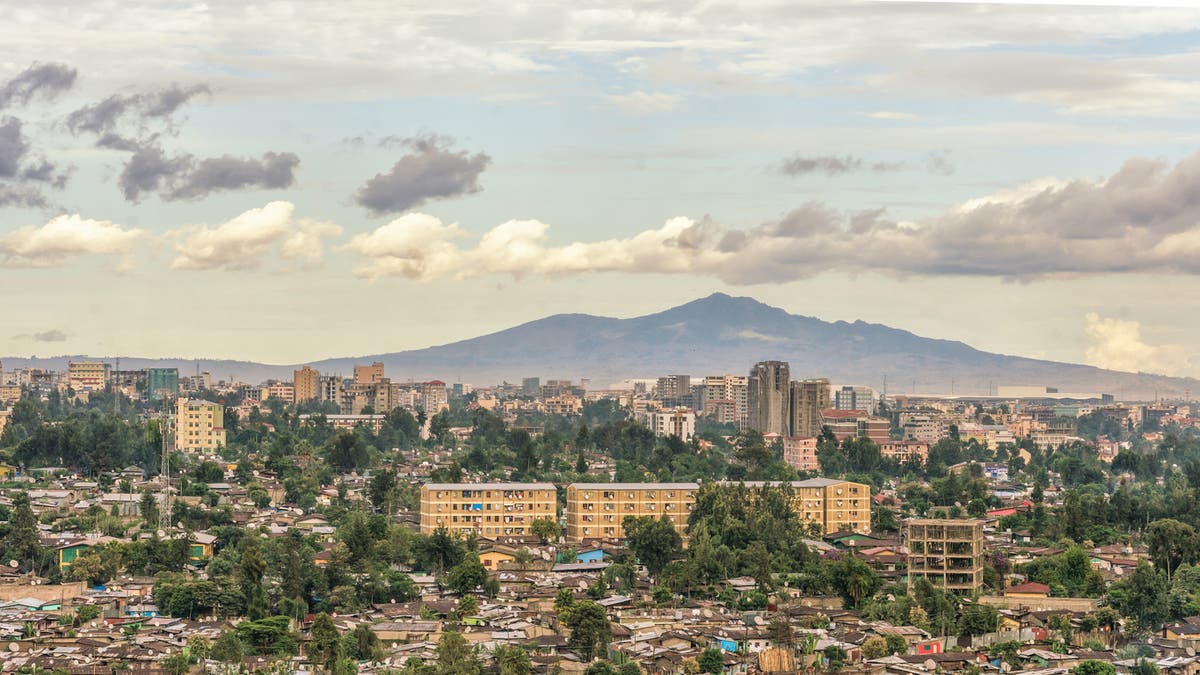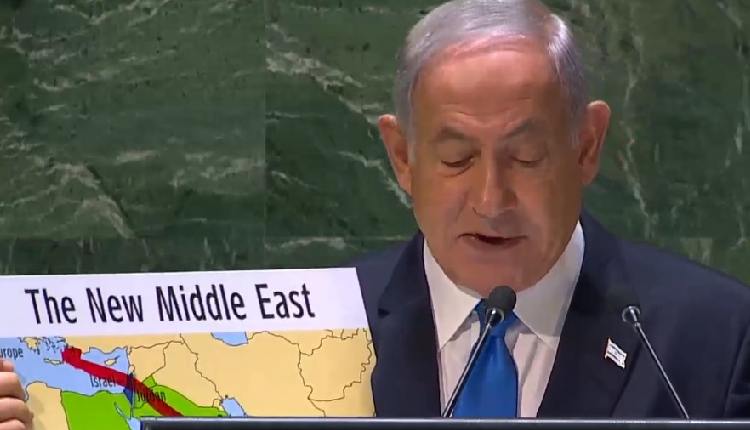
For travellers planning bucket list-worthy adventures to embark on once we’re able to travel freely again, it’s hard to beat the African continent.
All too often its cities are overlooked, which is why we’ve decided to highlight nine of our favourite African urban hotspots.
Stone Town, Tanzania
Stone Town (Explore)
Full disclosure: Stone Town isn’t a city, but the oldest part of Zanzibar city. Its location, off Africa’s east coast, made it a magnet for traders arriving by sea. The Sultanate of Oman seized Zanzibar from the Portuguese in the late 17th century and today Stone Town’s centre is a spectacular tangle of Arabic buildings, many with ornate balconies and beautifully carved wooden doors. Its most famous building is the Old Fort, built by the Portuguese and finished off by the Omanis. It’s just a short walk from the Forodhani night market, where the speciality is Zanzibar pizza – a calzone-like delicacy stuffed with seafood and fried in ghee. A fun fact? Stone Town is Freddie Mercury’s birthplace, so make sure you pay your respects at the Freddie Mercury Museum, which you’ll find in his former home.
Go there
Explore’s Zanzibar Island extension can be tagged onto any of Explore’s Tanzania trips and includes two days in Stone Town.
Bahir Dar, Ethiopia
Bahir Dar (Explore)
The Ethiopian city of Bahir Dar is often seen merely as a base for travellers heading to Lake Tana (Ethiopia’s largest lake and the source of the Blue Nile), although there are plenty of reasons to stick to the city, whether it’s leisurely explorations of the palm tree-lined boulevards or wanders along the only waterfront in landlocked Ethiopia. It’s a city that is incredibly easy to explore, and in 2002 was awarded Unesco’s Cities for Peace Prize, in recognition of what the agency describes as Bahir Dar’s urban harmony. Today, it’s famous for its seafood, spices and honey – don’t miss the opportunity to sample a glass of tej, a mead-like tipple made with fermented wine.
Go there
Explore’s Highlights of Ethiopia tour includes three nights in Bahir Dar.
Fez, Morocco
(Intrepid Travel)
Don’t get us wrong. We love Marrakesh, but its jostling crowds are a reminder that millions of other people do, too. Fez, with its Unesco-listed medina, is just as awe-inspiring but cheaper, calmer and arguably prettier. You can stay in a palatial riad for less than £30 a night here, which means more cash to splash in the souk. Make sure you check out the tanneries in the souk’s centre but don’t forget to grab the sprig of mint you’ll be handed – it’s a seriously stinky affair. We also suggest a wander along the medina’s Fes el-Bali. “It runs east to west, and starts near the Bab Bou Jeloud city gate,” says El Aiche Redouane, manager of the Dar Roumana riad hotel. “It’s one of the main souq streets in the old city and it’s lined with a number of important historic monuments.”
Go there
Intrepid’s North Morocco Adventure includes two days in Fez.
Cape Town, South Africa
Cape Town seen from Table Mountain (G Adventures)
A port city huddling in the shadow of Table Mountain, Cape Town has it all, whether it’s endless opportunities for cycling and hiking or the brilliant bars, fantastic food and wonderful arts scene (side note: no art fan should miss the chance to check out galleries in Woodstock, most of which specialise in pieces by up-and-coming African artists). Foodies should make a beeline for Bree (Afrikaans for “wide”) Street. “Bree Street has become a hub of incredible small eateries, wine bars and local favourites,” says Jeanne-Christine Marais, owner of Bree Street’s The Gin Bar. “You’ll find the best burgers in town at Clarkes Bar and Dining Room. Bodega (in our building) does the best ramen in town, hands down!”
Go there
G Adventures’s Classic Cape Town Mini Adventure includes a cable car ride up Table Mountain and a visit to a local winery.
Kigali, Rwanda
Downtown Kigali has seen a number of skyscrapers built in recent years (iStock)
A clean, green capital city surrounded by Rwanda’s forested hills, Kigali is a city ahead of its time – plastic bags were banned here in 2008. It’s a city which is a joy to explore on foot, whether it’s the wide boulevards (many with French names) fanning out from the city centre, or the park-lined streets which streak through historic neighbourhoods such as Nyamirambo, where you’ll find the Nyamirambo Women’s Centre, an NGO founded by 18 Rwandan women. Head to the organisation’s boutique to pick up stuffed animal toys made with colourful printed fabric.
Kigali is also known for its coffee shops. Fancy something a little stronger? “The Thousand Hills Distillery has amazing views,” says Kigali local Welcome Tuyizere. “Try the Rwandan coffee liqueur. There’s a chilled-out restaurant there, too.” When it comes to accommodation, we recommend the Heaven Boutique Hotel, which has a solar-heated salt water swimming pool and outdoor yoga deck.
Go there
The Adventure People’s Culture and Wildlife of Uganda and Rwanda tour includes a guided tour of Kigali.
Kampala, Uganda
The new boutique hotel, Latitude 0 Degrees (Stevie Mann and Latitude 0 Degrees)
Kampala is a varied city; its most visited neighbourhoods range from Nakasero, where boutique hotels and plush apartment blocks cling to the densely-packed slopes of Nakasero Hill, to Ntinda, which has some of the city’s best independent bars and restaurants. There’s recently been a rush of new hotel openings, and our favourite is the boutique-style Latitude 0 Degrees Kampala, with its views over Lake Victoria. A Four Points by Sheraton Kampala will open in 2022.
Notable landmarks include Mengo Palace, once the official residence of the King of Buganda (Uganda’s central region) and the Uganda Museum, where exhibits include the fossilised remains of an 8-million-year-old rhino. Gloria Katusiime at Endiro Coffee suggests a sugar fix. “Check out Latitude Chocolate factory in Kololo – you can see the production process, and sample delicious chocolate, sourced and produced in Uganda,” she says.
Go there
Kampala City Tours offers a wide range of city tours, ranging from day-long excursions to weekend packages.
Mbabane, Eswatini
Street life in Mbabane (thekingdomofeswatini)
The largest city in Eswatini (known as Swaziland until 2018), Mbabane was made the country’s capital city in the early 1900s (shortly after the Anglo-Boer War) partly due to the preferences of the British, who were drawn to the cool climate of the city in Eswatini’s lush highlands. Despite its small population of 95,000 people, there’s plenty to do and see.
Start with a guided tour of the Ngwenya mine, on the city’s outskirts. It’s the world’s oldest mine (it’s believed to be around 43,000 years old) and was once a valuable source of iron ore, used as body paint by Eswatini’s first settlers. We also suggest a hike up Sibebe, the world’s largest granite dome and the second largest monolith after Uluru, and a visit to the Ngwenya glass factory, where the must-have items are handblown glass elephants.
Go there
Tour HQ offers guided day tours of Mbabane.
Durban, South Africa
Durban’s beaches attract surfers (Getty Images/iStockphoto)
Growing numbers of travellers are swapping Cape Town and Johannesburg for Durban, otherwise known as South Africa’s surf city. One of the best places to take in the view of the coastline is the new Hilton Garden Inn Umhlanga Arch, which opened in December 2020 and has a gorgeous rooftop pool. There’s no shortage of opportunities for a walk on the wild side, either. “One of Durban’s hidden gems is the Hawaan Forest,” says Joanne Hayes at The Oyster Box hotel. “It’s a remnant of a dry coastal dune forest and the last of its kind. This forest grows on a dune that dates back 18,000 years and it’s home to bushbucks, red duikers, bushpigs, rock pythons and crowned eagles.”
Go there
Audley Travel’s Battlefields and Midlands tour includes two days in Durban.
Addis Ababa, Ethiopia
Ethiopia’s capital is a noisy, chaotic city that is just as addictive as the drinks served at its famous roadside buna (coffee) stands. There’s plenty here for history buffs, who can check out the fossilised remains of one of their ancestors at the National Museum of Ethiopia (the human remains in question are 3 million years old) and admire the ornate granite tomb which is the resting place of Emperor Haile Selassie.
Another popular Addis pastime? Dancing until dawn. “Azmari is the tradition of live Ethiopian music, although the style depends on the performer,” says Mike Gane, son of Jeremy Gane who founded Gane and Marshall. “A bet is the venue where performances take place. I recommend the Fendika Azmari Bet, which is both a music venue and a cultural centre where visitors can learn about Azmari.”
Go there
Gane and Marshall’s Ethiopia’s Historic Route includes visits to both Bahir Dar and Addis Ababa.







